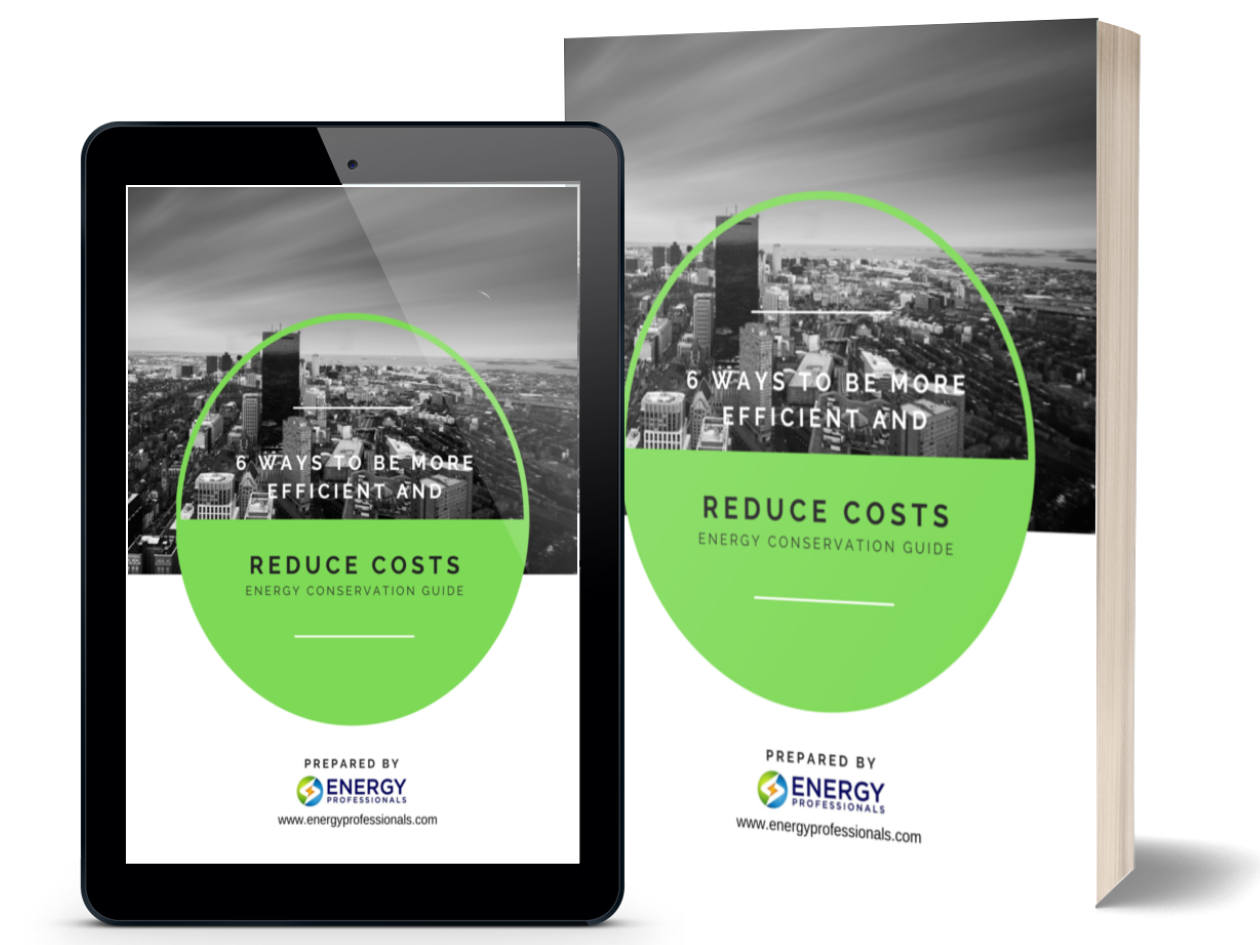The Power Revolution: How Microgrids are Transforming Energy Distribution
How Microgrids are Transforming Energy Distribution A quiet revolution is underway, and it’s about redefining how we perceive energy and

How Microgrids are Transforming Energy Distribution A quiet revolution is underway, and it’s about redefining how we perceive energy and
How Microgrids are Transforming Energy Distribution
A quiet revolution is underway, and it’s about redefining how we perceive energy and its distribution.
Picture this: A significant power outage occurs in a sprawling city, bringing life to a standstill—everything except a few blocks, where lights shine, machines hum, and small businesses thrive. Those blocks aren’t relying on some secret, advanced energy source but on a microgrid that powers them.
So, what’s a microgrid? Think of it as your mini power station tailored to your needs, ensuring continuous power.
If an outage hits, a business with a microgrid switches into “island mode” and keeps drawing reliable power from its on-site sources. No interruption to normal operations!
Today’s microgrid technology is more affordable and modular than ever. Microgrids utilize various energy sources. Solar panels capture sunlight; wind turbines harness breezy energy; combined heat power systems convert waste heat to electricity, and diesel generators ensure a backup.
Moreover, microgrids are a leap towards sustainability. They can integrate renewable sources, ensuring a greener, cleaner energy flow.
But why should businesses care?
On a market-based scale, an online survey of 800 energy decision-makers reported that power outages cost U.S. businesses $27 billion annually.
For a small business, a four-power outage can cost anywhere from 10K to $20K in loss revenue, while a 1-2 day power outage could cost up to 50K. A power outage can cost even more for large manufacturers, businesses, and industrial plants.
A widespread misconception about microgrids is that they are exclusive to vast corporations and manufacturing giants. In reality, microgrids are rapidly gaining traction among small businesses across America and even within residential settings.
These compact power systems offer energy independence, allowing users to cut down on electricity costs. Moreover, in the face of power outages, microgrids are a reliable bulwark, ensuring uninterrupted power supply, making them an invaluable asset for industry titans and everyday households.
Before we delve deeper into the resilience and sustainability angle, let’s break down the microgrid concept. A microgrid is a localized energy system operating independently or in conjunction with the primary power grid. Essentially, it’s like having a mini power plant tailor-made to the needs and capacity of a specific area or entity, like a business.
Now, consider the empowering idea that any business of any size, a bustling tech startup, a serene boutique hotel, or even a local coffee shop, can install and benefit from a small-sized microgrid. A microgrid promises a consistent power supply and offers the autonomy to manage energy needs better, and to top it off, it can help cut down on energy costs.
Solar Panels
A favorite for many, these panels capture sunlight and convert it directly into electricity.
Wind Turbines
These harness the power of the wind, transforming it into energy.
Combined Heat and Power
An efficient system that simultaneously produces electricity and heat from the same energy source.
Natural Gas Generators
Efficient and practical, these generators provide a steady power supply as backups during interruptions.
While expansive and comprehensive, the traditional power grid is full of vulnerabilities. Numerous factors can lead to power outages, from natural calamities to technical faults. These interruptions can be disastrous for businesses, especially those like manufacturers, where every minute of downtime translates into monetary losses.
Here’s where our real-life tale comes into play. A manufacturer based in the industrial belt faced recurring power outages, resulting in the shutdown of machinery and the cumbersome process of restarting them—a procedure that wasn’t just time-consuming but also cost-intensive. To counter this challenge, the manufacturer invested in a microgrid system.
This decision became a game-changer. The next time the primary power grid faltered, the microgrid kicked in seamlessly. Not only did this save hours of potential downtime, but the manufacturer reported a saving of hundreds of thousands of dollars in a year.
But, the advantages of microgrids extend beyond monetary savings. They pave the way for a sustainable future. Businesses can substantially reduce their carbon footprint by integrating renewable sources like solar and wind. Furthermore, the decentralized nature of microgrids means reduced transmission distances and, consequently, lesser energy loss.
If the narrative of the manufacturer resonates with you, if the vision of an uninterrupted, sustainable power source seems enticing, then the world of microgrids awaits you. Understandably, the shift might appear daunting—questions about feasibility, costs, and implementation might cloud your judgment.
If you have any questions or concerns or want to know if a microgrid could help your business or help provide affordable and reliable power to your home, this is where Energy Professionals step in. A consultation can illuminate the nuances of setting up a microgrid for your company, from assessing the ideal energy mix to calculating the return on investment. The future beckons, and with microgrids, it promises to be brighter and more sustainable.
Reach out to Energy Professionals today and embark on your journey towards energy independence.


Don't have one? You can get one by calling us at 855-4-PKIOSK.
Energy Professionals is committed to finding its customers the best possible rates on electricity and natural gas. Tell us your location and service type and our energy manager will connect you to the most competitive offers.
Switching to an alternate supplier is easy. There is no chance of service disruption, and you'll continue with your current utility for energy delivery and emergency service. Take a few minutes to discover your best offers, and enjoy the benefits of retail energy in your home or business.
1. Energy Type
2. Service Type
3. Zip Code
4.Local Company
5.Zone
We believe that knowledge is power. Here’s a free e-book that provides business solutions to reducing energy costs.
Download E-Book Free Energy Audit




